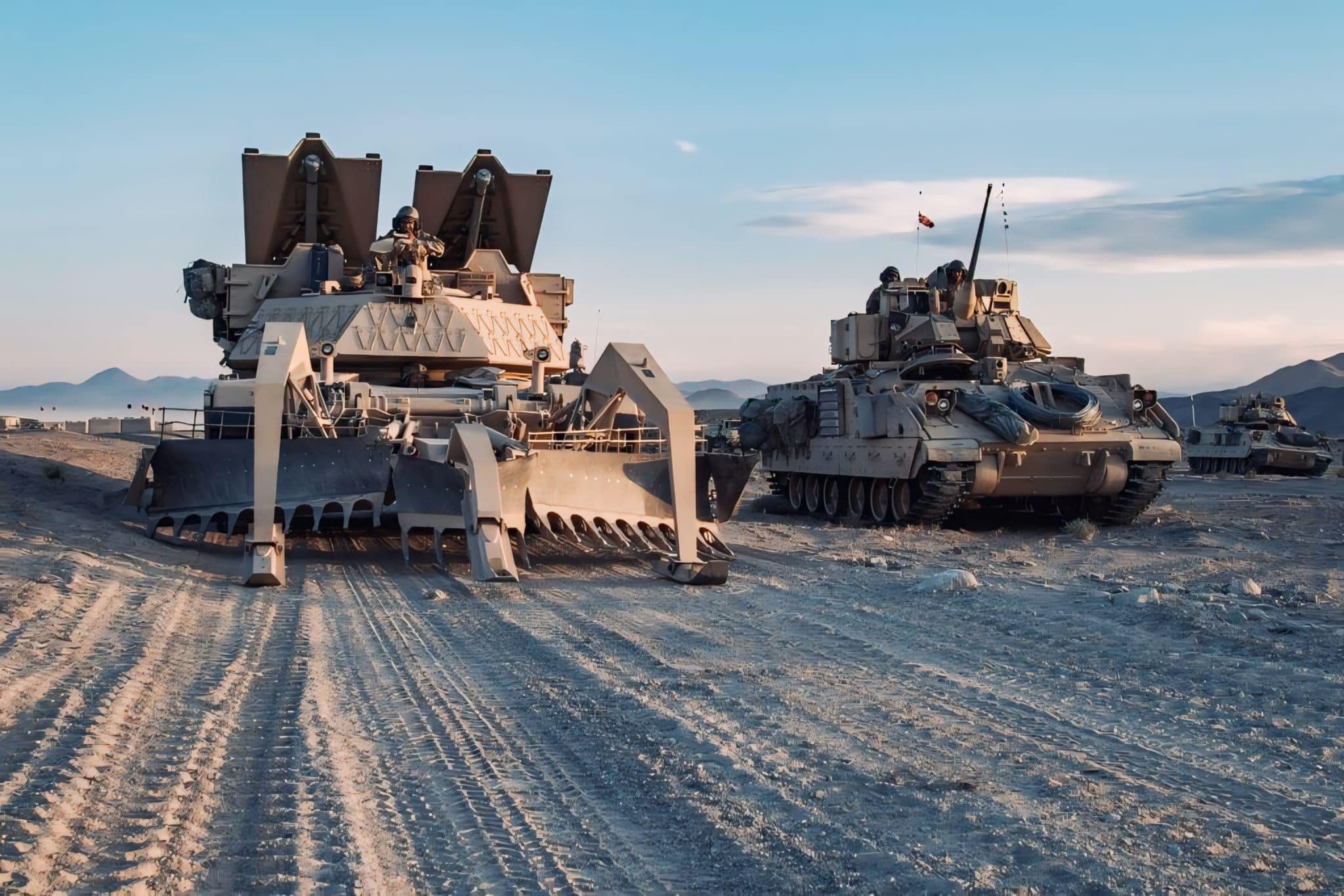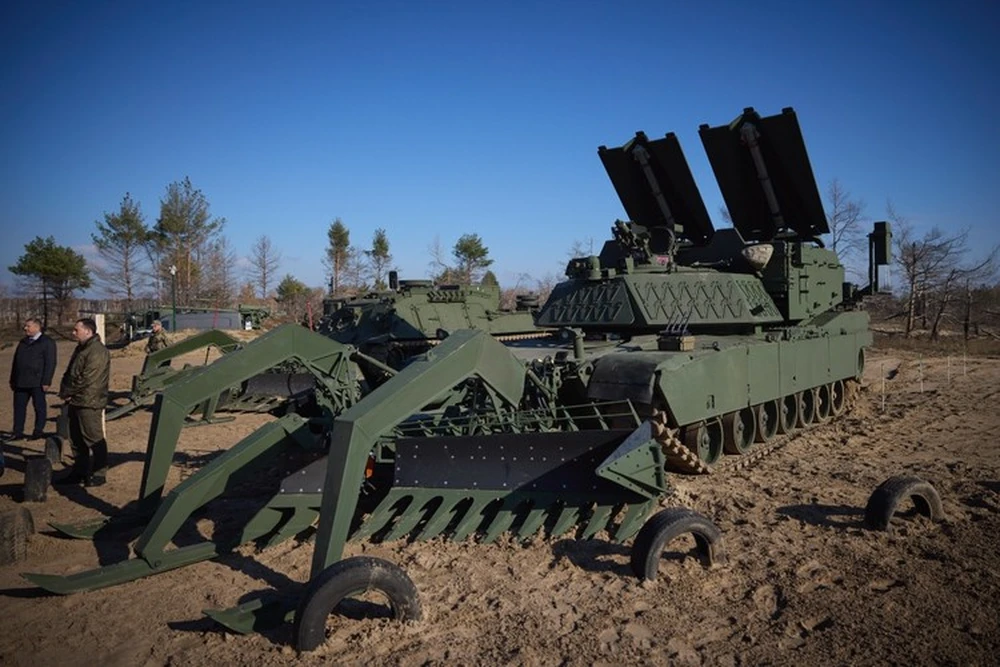𝙁𝙧𝙤𝙢 𝙢𝙤𝙙𝙚𝙨𝙩 𝙧𝙚𝙘𝙤𝙣𝙣𝙖𝙞𝙨𝙨𝙖𝙣𝙘𝙚 𝙩𝙤 𝙖𝙣 𝙞𝙢𝙥𝙧𝙚𝙜𝙣𝙖𝙗𝙡𝙚 𝙛𝙤𝙧𝙩𝙧𝙚𝙨𝙨, 𝙩𝙝𝙚 𝙩𝙖𝙣𝙠 𝙜𝙞𝙖𝙣𝙩
From modest reconnaissance to an impregnable fortress, the tank giant
American tanks have been the stalwart guardians of freedom for decades. From the harrowing battlefields of World War II to the intense theatres of modern warfare, these heavily plated behemoths have played a pivotal role in shaping history. In pursuing excellence, the United States has continuously honed its tank technology, creating a fleet of tanks ranging from light scouts to impenetrable fortresses.
Here we will look at the 10 best American tanks ever built, ranking them by their impact around the world and how they’ve influenced models that came thereafter, as well as their production success. We will also account for their firepower, armor, versatility, and overall reliability through different periods of time, in addition to innovation when compared to their predecessors.
So buckle up as we journey through tank history, celebrating the engineering triumphs that birthed iconic war machines such as the M4 Sherman and the modern-day – steel titans forever solidified as symbols of American military might.
T92
The T92 was an experimental light tank developed by the United States during the 1950s. Although it never saw mass production, it was intended to be an air-transportable tank that could support airborne and airmobile units with light firepower capabilities. The design, research, and experience gained from the T92 went on to shape the blueprints for later lightweight tanks.
The armament of the T92 consisted of a main T185E1 76 mm tank gun, an M2 12.7 mm heavy machine gun, and two M37 7.62 mm machine guns. As a replacement for the heavier M41 Walker Bulldog, the T92 tried to maintain the firepower and protection level of its predecessor while becoming more agile. As such, the T92’s hull encompassed a welded assembly of armor steel castings and plates, saving nearly eight tons of weight.
Moreover, the T92’s T185E1 tank gun also saw improvement over the M41’s. While they were both a T185E1, the T92’s variation was semi-automatic. This meant that instead of ramming the round into the breech, the loader could put the round into a cradle that forced it inside. The reduced physical toll on the loader and increase in productivity meant that the T92 could fire up to 12 rounds per minute!
Unfortunately, before the T92 was perfected and ready for mass production, Congress soon got word that the Soviet Union was developing tanks with amphibious capabilities. Since amphibious capabilities would require an entire redesign of the hull, the Army ordered the cancellation of the T92 project in 1958, paving the way for the well-known but controversial M551 Sheridan.